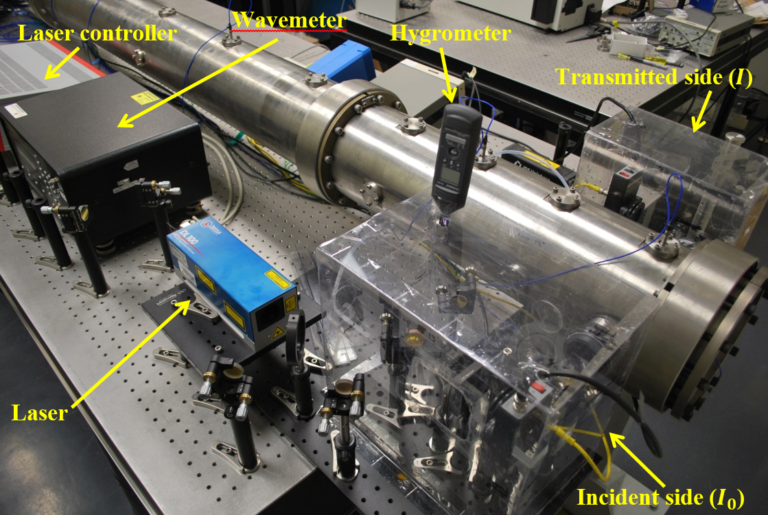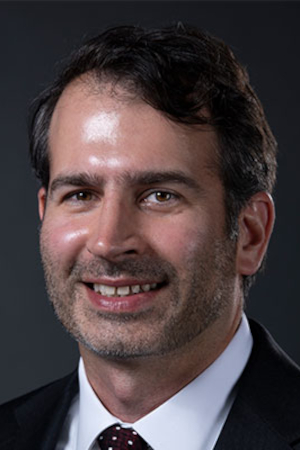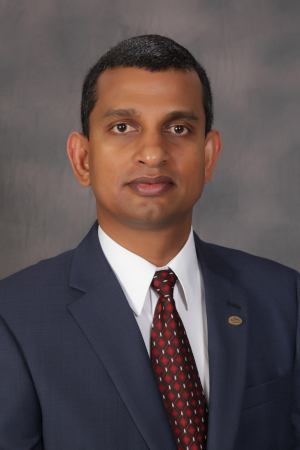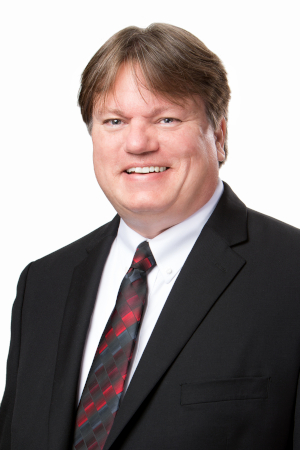Several research groups are active in the fields of Reacting Flows, Chemical Kinetics, Laser Diagnostics, and Optical Techniques at the Turbomachinery Laboratory. While some research and experiments overlap, each group has a distinct specialty as outlined below.

The Jackson Group

Scott’s research primarily focuses on the detonation physics of gaseous and condensed-phase explosives with the intent to provide improved models and novel measurements of shock and detonation processes. Scott is also on the board of directors and leadership team for IDERS, the Institute for Dynamics of Explosions and Reactive Systems, which is an international group that organizes the ICDERS conference and is interested in the scientific study of the non-steady coupling that occurs between the fluid flow system and the exothermic reactions associated with high-speed combustion.
Optical Diagnostics and Imaging

DR. WARUNA KULATILAKA
- Associate Professor, Mechanical Engineering
- Morris E. Foster Faculty Fellow I
In the Optical Diagnostics and Imaging Laboratory, we develop and apply cutting-edge laser techniques to study reacting and non-reacting flows such as combustion, propulsion, plasma systems, and hypersonic flows. These techniques are enabled by modern laser systems ranging from a continuous wave (CW) to ultrashort (i.e, femtosecond-duration) laser pulses, coupled with state-of-the-art imaging cameras and related hardware components. Such methods provide new tools for measuring physical properties such as temperature, pressure, velocity, and density, as well as, time and spatially resolved chemical species composition. The end goal is the detailed understanding of flow physics coupled with complex reaction chemistry in numerous mechanical & aerospace engineering applications. The specific outcomes include cleaner and more efficient internal combustion engines and aircraft gas turbines, remote sensing tools for explosives and airborne pollutants, chemical detection in extreme environments, as well as a variety of other applications in defense, energy, and environmental fields.
The Petersen Group

DR. ERIC PETERSEN
- Professor, Mechanical Engineering
- Nelson-Jackson Chair Professor
- Turbomachinery Laboratory Director
The Petersen Research Group specializes in the study of combustion, gas dynamics, and propulsion. We conduct experiments and analyses on reacting flows, chemical kinetics, and shock waves for applications ranging from advanced propellants and rockets to optical diagnostics and gas turbine engines. Our research is sponsored by a combination of government and industry sources, including the Department of Defense (Navy, Air Force, DTRA, JEMTP, SERDP), the Department of Energy, the National Science Foundation, various gas turbine-related OEMs, Helicon Chemical Co., Parametric Solutions, and Lynntech, among others. We are located in the Turbomachinery Laboratory at Texas A&M University in College Station, TX
The Dynamic Response Group

Cooper’s research group studies the complex behaviors of heterogeneous materials in severe environments. Of particular interest are heterogeneous materials formed from densely packed granular media which are found in a diverse range of applications including structural materials, energy storage, pharmaceuticals, and energetic materials including pyrotechnics, propellants, and explosives. Our experiments and analysis combine aspects of particulate science, mechanics of materials, and thermal science to uncover the effect of thermal and mechanical damage mechanisms on bulk material performance.
